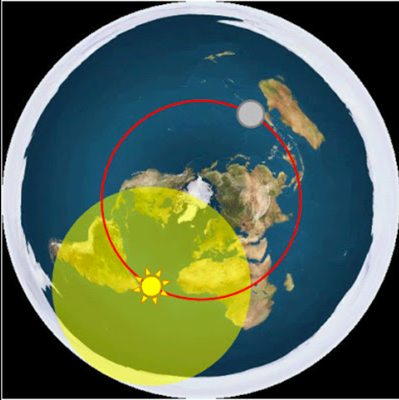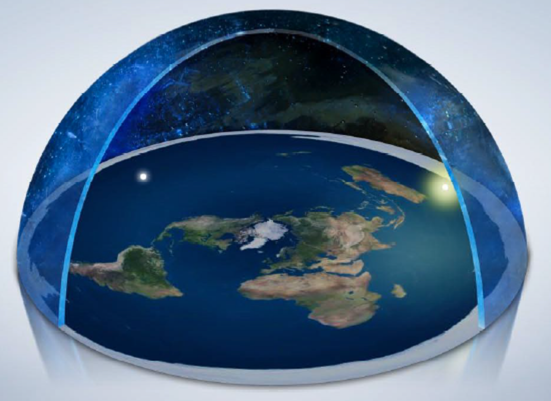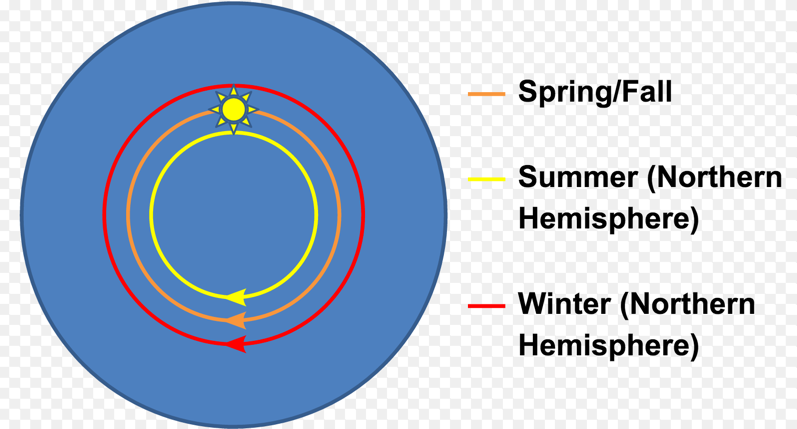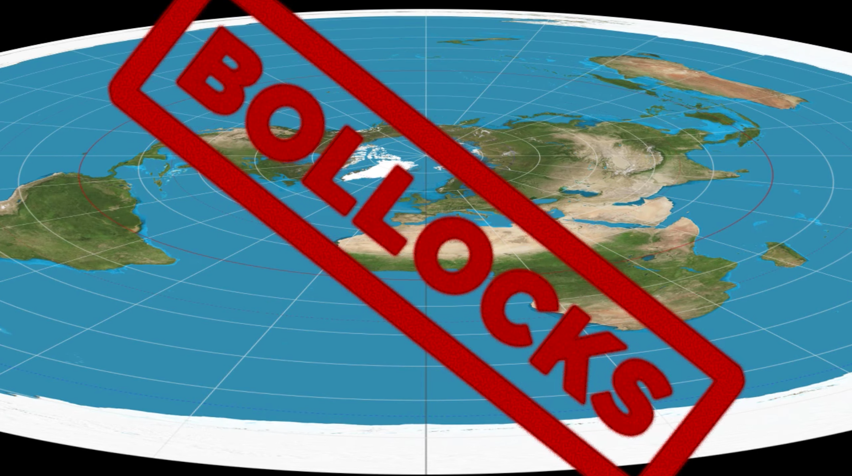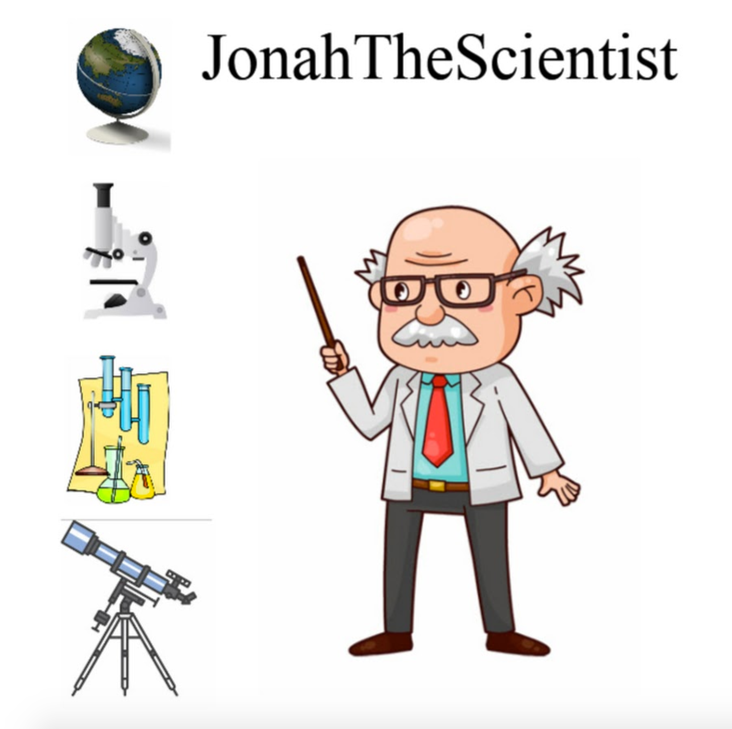rollingthunder42 - Super Colliders, the Curvature of the Earth and code LIAR
Dear rollingthunder42,
CERN is not a "dog and pony show." 22 countries and 608 universities contribute to this gallant wonderful research project.
CERN - European Organization for Nuclear Research
In French = Conseil European pour la Recherche Nucléaire
Is a European research organization that operates the largest particle physics laboratory in the world. Established in 1954, the organization is based in a northwest suburb of Geneva on the France-Swiss border, and has 22 member states.
The term CERN is also used to refer to the laboratory, which in 2013 had 2,513 staff members, and hosted some 12,313 fellows, associates, apprentices as well as visiting scientists and engineers representing 608 universities and research facilities.
CERN Council
President of Council: Agnieszka Zalewska (Poland)
Chairman of the scientific committee: Fabio Zwirner (Italy)
Chairman of the finance committee: Bj'rn Jacobsen (Norway)
Member states
Austria, Belgium, Bulgaria, Czech republic, Denmark, Finland, France, Germany, Greece, Hungary, Italy, Netherlands, Norway, Poland, Portugal, Slovak republic, Spain, Sweden, Switzerland, United Kingdom
Contributions
Member states normalized contributions (% total budget) in 2013
Austria.....................2.22
Belgium...................2.77
Bulgaria...................0.28
Czech Republic.......1.07
Denmark..................1.77
Finland.....................1.43
France....................15.57
Germany................20.29
Greece.....................1.79
Hungary...................0.68
Italy........................11.78
Netherlands............4.61
Norway....................2.50
Poland.....................2.72
Portugal..................1.23
Slovak Republic......0.51
Spain.......................8.53
Sweden...................2.55
Switzerland.............3.19
United Kingdom....14.51
=======================================>
Large Hadron Collider (LHC) has a spectacular 2016
The Earth did not get swallowed up by an LHC created black hole as predicted by many conspiracy theorists and religious pundits.
As reported by the following Physics Org article, new heights of discovery were reached...
2016—an exceptional year for the LHC
December 6, 2016
(http://phys.org/news/2016-12-2016an-exceptional-year-lhc.html)
"It's the particles' last lap of the ring. On 5 December 2016, protons and lead ions circulated in the Large Hadron Collider (LHC) for the last time. At exactly 6.02am, the experiments recorded their last collisions (also known as 'events').
When the machines are turned off, the LHC operators take stock, and the resulting figures are astonishing.
The number of collisions recorded by ATLAS and CMS during the proton run from April to the end of October was 60% higher than anticipated. Overall, all of the LHC experiments observed more than 6.5 million billion (6.5 x 1015) collisions, at an energy of 13 TeV. That equates to more data than had been collected in the previous three runs combined.
In technical terms, the integrated luminosity received by ATLAS and CMS reached 40 inverse femtobarns (fb−1), compared with the 25fb−1 originally planned. Luminosity, which measures the number of potential collisions in a given time, is a crucial indicator of an accelerator's performance.
"One of the key factors contributing to this success was the remarkable availability of the LHC and its injectors," explains Mike Lamont, who leads the team that operates the accelerators. The LHC's availability was just shy of 60%, which means the accelerator was in 'collision mode' 60% of the time: a very impressive achievement for the operators. "It's the result of an ongoing programme of work over the last few years to consolidate and upgrade the machines and procedures," Lamont continues.
For the last four weeks, the machine has turned to a different type of collision, where lead ions have been colliding with protons. "This is a new and complex operating mode, but the excellent functioning of the accelerators and the competence of the teams involved has allowed us to surpass our performance expectations," says John Jowett, who is in charge of heavy-ion runs.
With the machine running at an energy of 8.16 TeV, a record for this assymetric type of collision, the experiments have recorded more than 380 billion collisions. The machine achieved a peak luminosity over seven times higher than initially expected, as well as exceptional beam lifetimes. The performance is even more remarkable considering that colliding protons with lead ions, which have a mass 206 times greater and a charge 82 times higher, requires numerous painstaking adjustments to the machine.
The physicists are now analysing the enormous amounts of data that have been collected, in preparation for presenting their results at the winter conferences.
Meanwhile, CERN's accelerators will take a long break, called the Extended Year End Technical Stop (EYETS) until the end of April 2017. But, while the accelerators might be on holiday, the technical teams certainly aren't. The winter stop is an opportunity to carry out maintenance on these extremely complex machines, which are made up of thousands of components. This annual stop is being extended by two months in 2017 to allow more major renovation work on the accelerator complex and its 35 kilometres of machines to take place. Particles will return to the LHC in spring 2017."
=========================================>
CERN’s LHCb experiment reports observation of exotic pentaquark particles
(per http://press.cern/press-releases/2015/07/cerns-lhcb-experiment-reports-observation-exotic-pentaquark-particles)
Geneva, 14 July 2015. Today, the LHCb experiment at CERN’s Large Hadron Collider has reported the discovery of a class of particles known as pentaquarks. The collaboration has submitted a paper reporting these findings to the journal Physical Review Letters.
“The pentaquark is not just any new particle,” said LHCb spokesperson Guy Wilkinson. “It represents a way to aggregate quarks, namely the fundamental constituents of ordinary protons and neutrons, in a pattern that has never been observed before in over fifty years of experimental searches. Studying its properties may allow us to understand better how ordinary matter, the protons and neutrons from which we’re all made, is constituted.”
Our understanding of the structure of matter was revolutionized in 1964 when American physicist, Murray Gell-Mann, proposed that a category of particles known as baryons, which includes protons and neutrons, are comprised of three fractionally charged objects called quarks, and that another category, mesons, are formed of quark-antiquark pairs. Gell-Mann was awarded the Nobel Prize in physics for this work in 1969. This quark model also allows the existence of other quark composite states, such as pentaquarks composed of four quarks and an antiquark. Until now, however, no conclusive evidence for pentaquarks had been seen.
LHCb researchers looked for pentaquark states by examining the decay of a baryon known as Λb (Lambda b) into three other particles, a J/ψ- (J-psi), a proton and a charged kaon. Studying the spectrum of masses of the J/ψ and the proton revealed that intermediate states were sometimes involved in their production. These have been named Pc(4450)+ and Pc(4380)+, the former being clearly visible as a peak in the data, with the latter being required to describe the data fully.
“Benefitting from the large data set provided by the LHC, and the excellent precision of our detector, we have examined all possibilities for these signals, and conclude that they can only be explained by pentaquark states”, says LHCb physicist Tomasz Skwarnicki of Syracuse University.
"More precisely the states must be formed of two up quarks, one down quark, one charm quark and one anti-charm quark.”
Earlier experiments that have searched for pentaquarks have proved inconclusive. Where the LHCb experiment differs is that it has been able to look for pentaquarks from many perspectives, with all pointing to the same conclusion. It’s as if the previous searches were looking for silhouettes in the dark, whereas LHCb conducted the search with the lights on, and from all angles. The next step in the analysis will be to study how the quarks are bound together within the pentaquarks.
“The quarks could be tightly bound,” said LHCb physicist Liming Zhang of Tsinghua University, “or they could be loosely bound in a sort of meson-baryon molecule, in which the meson and baryon feel a residual strong force similar to the one binding protons and neutrons to form nuclei.”
More studies will be needed to distinguish between these possibilities, and to see what else pentaquarks can teach us. The new data that LHCb will collect in LHC run 2 will allow progress to be made on these questions.
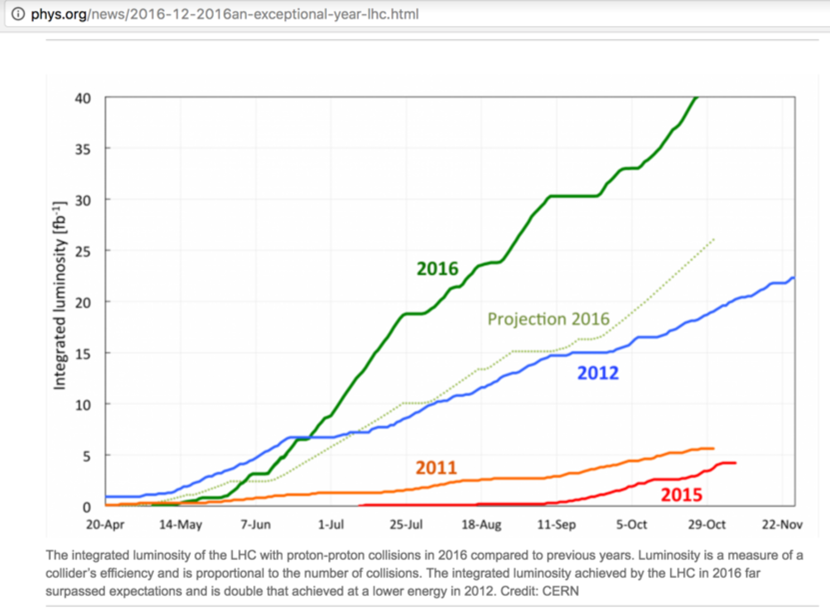
- - - - - - - - - - - - - - - - -
Video at..
(https://www.youtube.com/watch?v=aC4hpyol3RU)
Published on – December 21, 2016
Discussion at - https://www.youtube.com/channel/UC7ipUKERU0tzYFxALJBli4A/discussion
Our home page all articles - http://flatearthlunacy.com
kind regards, JonahTheScientist



